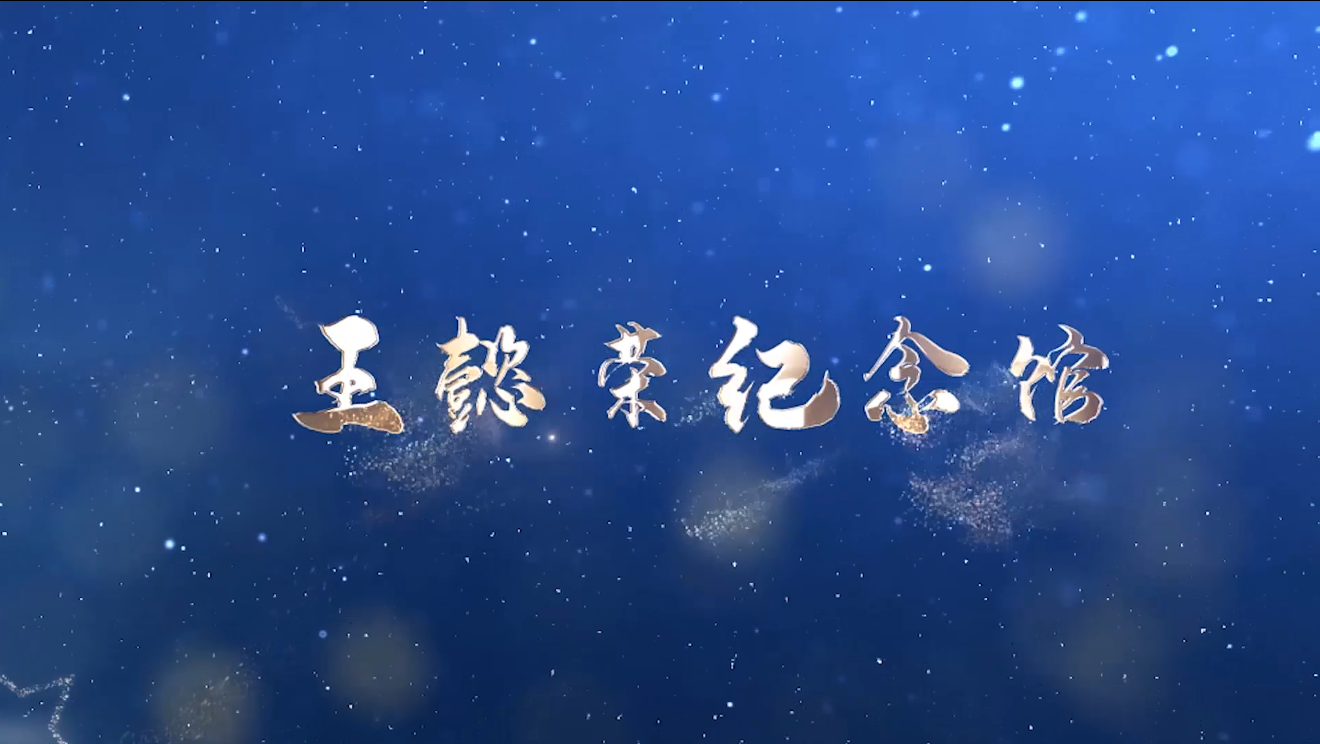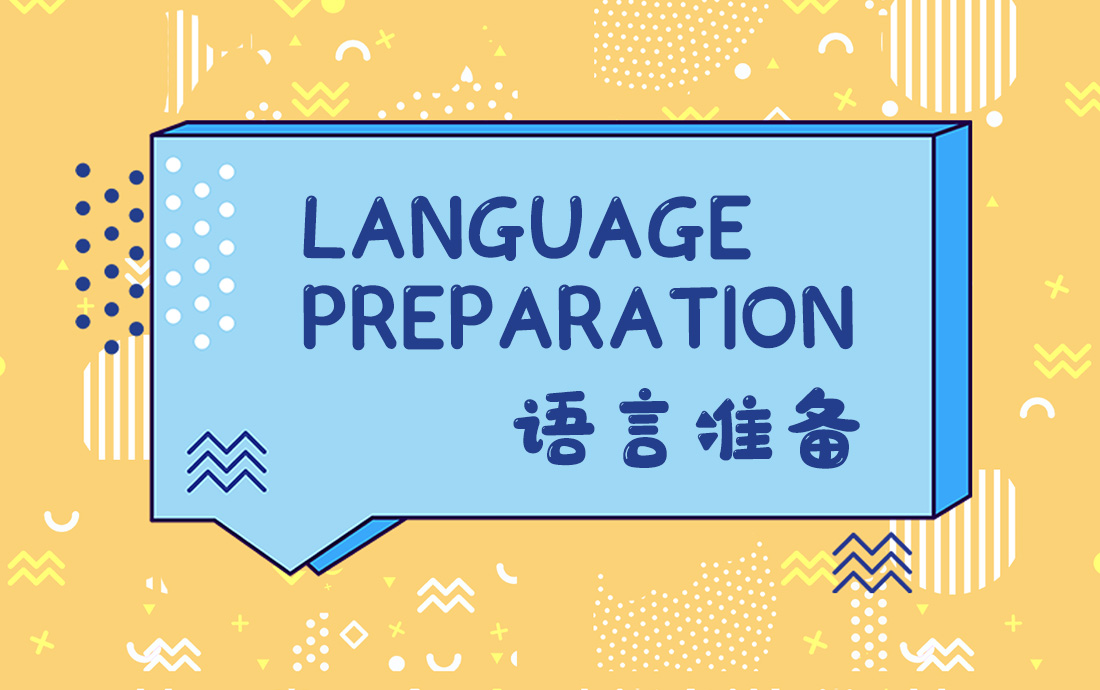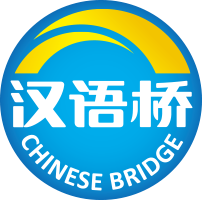Father of Inscriptions on Bones or Tortoise Shells of the Shang Dynasty 1
甲骨文之父1

Course Syllabus 课程章节
1This course introduces Father of inscriptions on bones or tortoise shells of the Shang Dynasty. The inscriptions on bones or tortoise shells of the Shang Dynasty, or Jai Gu Wen in Chinese, is the ancient characters in China, also known as Qi Wen, Jia Gu Bu Ci, Yin Xu Wen Zi or Gui Jia Shou Gu Wen in Chinese. It is the earliest mature characters appearing in China. On November 24th, 2017, this kind of characters passed the evaluation of International Advisory Committee of the Memory of the World Project from UNESCO and was listed into Memory of the World Register. Wang Yirong, whose family origin is in Fushan, Shandong Province, is the observer of this kind of characters, for which he was called as Father of Inscriptions on Bones or Tortoise Shells of the Shang Dynasty. This course was filmed in Memorial Museum for Wang Yirong, where displays more than 300 antiques including personal letters, correspondence, books, calligraphy of Wang and bones or tortoise shells with inscriptions, as well as more than 200 works from famous historians, scholars in related field and calligrapher and painters in and outside China, helping to understand the Father and the inscriptions, the origin of Chinese characters, and to foster interests in Chinese characters, so that to better understand outstanding traditional Chinese culture.
本视频课程是文化课《甲骨文之父》。甲骨文是中国的一种古老文字,又称“契文”“甲骨卜辞”“殷墟文字”或“龟甲兽骨文”,我们能见到的最早的成熟汉字。2017年11月24日,甲骨文顺利通过联合国教科文组织世界记忆工程国际咨询委员会的评审,成功入选《世界记忆名录》。而祖籍山东福山的王懿荣,正是甲骨文的发现者,被称为“甲骨文之父”。
本次课程为王懿荣纪念馆的实景拍摄,将展示王懿荣的手札、书信、著作、书法、甲骨文片等300余件文物,以及馆内收藏的中国国家领导人、国内外著名历史学家、甲骨文学者、书画家的佳作珍品200余幅。帮助大家了解“甲骨文之父”,了解甲骨文,了解汉字起源,培养对汉字的兴趣,增加对中国优秀传统文化的了解。
Course Syllabus
课程章节




